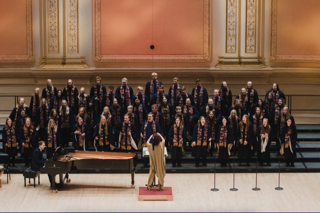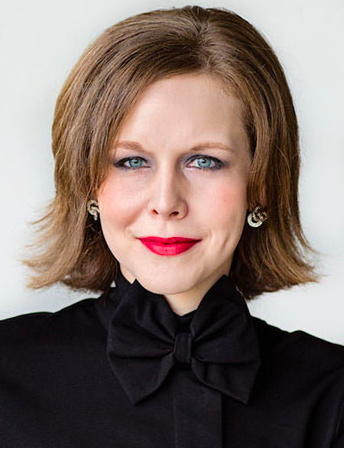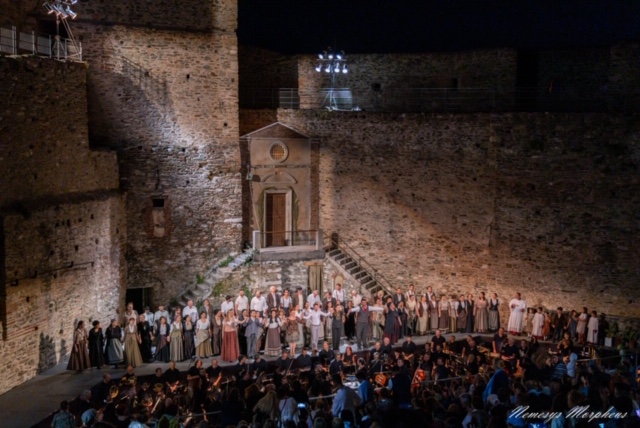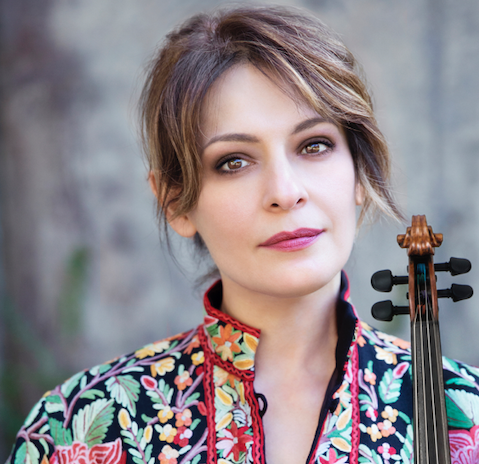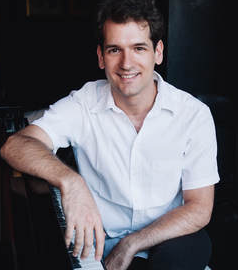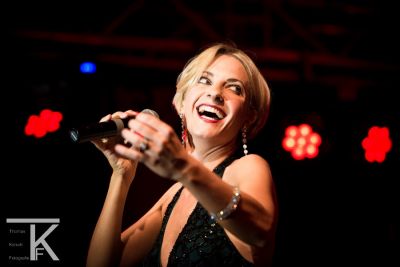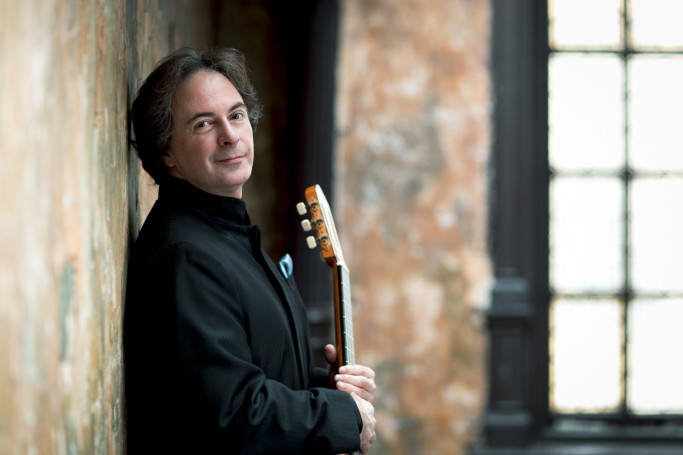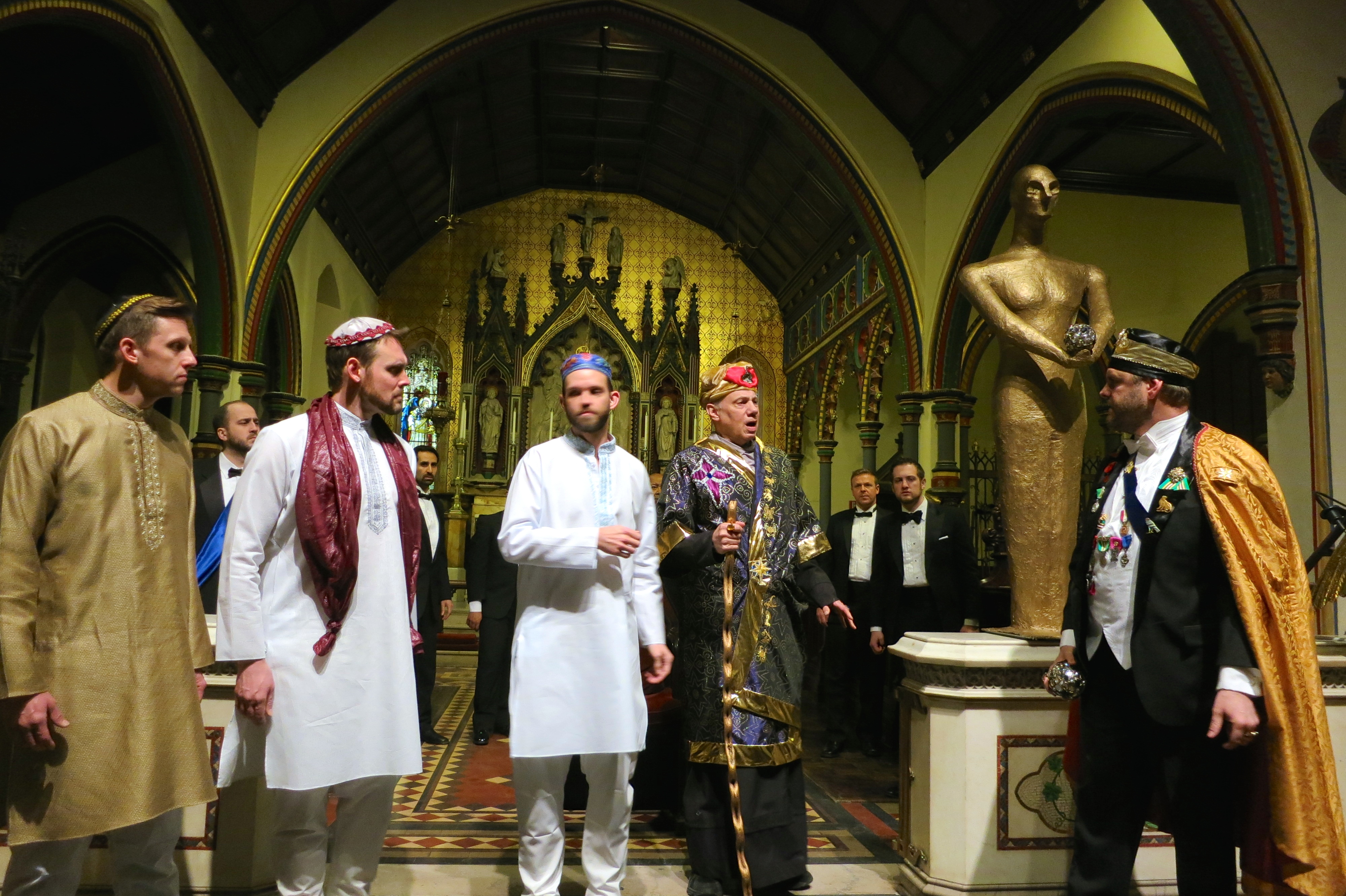Vocal Colors
Grove City High School Chorale & Harmonia (OH)
Ann Johnson, Director
Brennan Harris, Piano; Hannah Grosse, Violin I; Jimmy Xiao, Violin II; Madison Estep, Viola; Owen Miller, Cello; Ciera Feucht, French Horn
Leading With Love, Standing For Justice
The Kindness Revolution Singers (MN)
Darcy Reese, Director
Aaron Fagerstrom, Piano and Drums; Will Maclean, Drums
Carnegie Hall, Stern Auditorium, New York, NY
June 21, 2022,
Anyone who laments the dearth of music in America’s High Schools would be heartened by Tuesday night’s concert in Carnegie Hall in which Distinguished Concerts International New York (SCINY) presented two fine choruses from the Midwest. The combined Grove City (Ohio) High School Chorale, a mixed chorus, and Harmonia, a women’s chorus performed the first half, which was titled Vocal Colors. They were under the able direction of Ann Johnson who conducted with a clear and concise beat. I would, however suggest she avoid “mirror conducting” – i.e. doing the same thing with both the right and left arms. Other than two works, one by Mozart and the other by Duruflé, the music was of a genre beloved of high School choirs. This music is both tonal and tuneful, often with a nod towards Pop and Broadway, and with a debt to the African-America Spiritual.
The copious program notes told us that the first work, Da Pacem (The Stars Sang to the Sea) by Paul Caldwell and Sean Ivory, draws on “inspiration and hope inspired by our children.” The chorus and pianist Brennan Harris, who played skillfully throughout the first half, were joined by French Hornist Ciera Feucht, who handled her most difficult instrument well. Miss Feucht was also a member of the chorus.
Next was a spirited performance of Mozart’s Veni Sancte Spiritus, K. 47 during which the chorus was joined by a wonderful string quartet (Hannah Grosse, Violin 1; Jimmy Xiao, Violin 2; Madison Estep, Viola and Owen Miller, Cello,) who also performed in many other works. A well-balanced solo quartet drawn from the chorus (Kat Lutz, soprano; Allison Remick, alto; Andrew Vo, tenor and Ian Loomis, bass) rounded out the forces. The chorus displayed fine intonation and a lovely fresh sound fitting for this work by the twelve-year-old Mozart.
The music of three contemporary composers followed. The first was Ola Gjeilo’s Across the Vast Eternal Sky. After a short introduction in duple meter, the piano played a lilting waltz melody which the chorus then sang. The rest of the work alternated between the waltz and the material of the introduction. This and the next two works, Jacob Narverud’s You Are the Song and Stephen Paulus’ Sing Creations Music On, written for woman’s chorus, were performed by the women of Harmonia alone, a fact not mentioned in the program. By the way, the program was also cavalier about mentioning the dates of the composers. The dates of the three of the four deceased composers were mentioned in the program notes, with the dates of Duruflé being omitted. In addition, the birth years of the all the living composers were omitted, information which a program should contain.
Then came what was for me the high point of the evening, a performance of Ubi Caritas from Maurice Duruflé’s Quatre Motets sur des themes grègorienes, Op. 10. It was sheer sustained beauty and I can’t think of any way in which it could have been improved. The spell cast by the Duruflé was then excitingly broken by the driving propulsive rhythms of Jake Runestad’s Wild Forces. The Grove City High School’s portion tonight’s concert concluded with a rousing rendition of Music Down in My Soul, a gospel arrangement by Moses Horgan of the African-American spiritual Over My Head.
Throughout their performance the singers performed from memory and with total commitment and concentration. They sang the music by heart with perfect intonation, rhythmic precision, and fine balance among the sections. The following is a personal comment: I don’t know if the repertoire on tonight’s concert was a reflection of what they sing at their home base. But I do hope that when in Grove City, they also have a chance to perform and enjoy some of the great choral music from the renaissance, baroque and romantic eras. I also hope they sing some a cappella music and that the strong singing young men of the Chorale get the opportunity to sing music for male chorus.
The concert continued without intermission and, after a long pause, The Kindness Revolution Singers from Lincoln High School in Thief River, Minnesota took the spotlight. Their half of the program was titled “Leading with Love, Standing for Justice.” But before they took the stage, Aaron Fagerstrom, the group’s fine pianist, beautifully played an excerpt from De Profundis by the Ukrainian composer, Mikhail Shukh. It was an admirable salute, as the program said, “For the Brave People of Ukraine.” The singers, all accessorized by long multicolored scarfs, then entered, followed by their director, Darcy Reese, who gave an impassioned anti-gun speech titled “Enough is enough… Our Tribute to Robb Elementary.” All but one of the following eight works on their program were preceded by such sermon-like exhortations. As the program notes (by Ms. Reese) and the title above the name of the composer made clear what the singers wanted to express, I felt that these speeches were “gilding the lily.” My notes said, “I don’t expect to be lectured to at a concert.” However, the sentiments were sincere and heartfelt.
Now on to the vocal performance itself. The singing of the chorus was constantly exemplary. They clearly showed that they strongly believed in the message they wished to convey to the audience. They made a beautiful sound and had perfect intonation and sense of ensemble. Ms. Reese, who has taught at Lincoln High School for thirty- five years, has obviously taught them well. In a telephone conversation with Ms. Reese, I found that tonight’s chorus goes by different names, depending on the repertoire they are singing and the nature of the concert they are presenting. As I mentioned in the first half of this review, I do hope that, in its other guises, the chorus has the opportunity to explore the great choral literature of the renaissance, baroque, classical and romantic eras.
The second half’s music was, like that of most of the first half, “both tonal and tuneful, often with a nod towards Pop and Broadway, and with a debt to the African-America Spiritual.” The Pop aspect was often heightened by the use of percussion in many of the works. During a cappella compositions, pianist Aaron Fagerstrom often played the bongos while drummer Will Maclean played in both a cappella and accompanied works. Not in the order of performance, we heard the Pop-like If We Stand as One by Jim Papoulis, Lead With Love by Melanie Demore and The Power of Kindness by Mark Hayes; also the spiritual-influenced Ain’t Judgin’ No Man by Greg Gilpin and In Meeting We Are Blessed by Troy Roberson. This last work was followed by Andre A. Thomas’ arrangement of a real spiritual, My Good Lord’s Done Been Here. Next was the jazzy and full of scat-singing I am Alive by Greg Jasperse. The concert ended with It’s Time by Kim André Arnesen. The text of this work’s simple, lyric, and folk-like melody beautifully summed up the message of The Kindness Revolution Singers. The very active drum part and the above the head rhythmic clapping by the chorus brought the concert to a rousing conclusion. As the singers exited the stage, Ms. Reese exhorted the audience to join in the rhythmic clapping. They did!
Harry Saltzman for New York Concert Review; New York, NY

